WEEK 1
Lino cut
Mimicking Andy Warhol’s rubber stamping technique
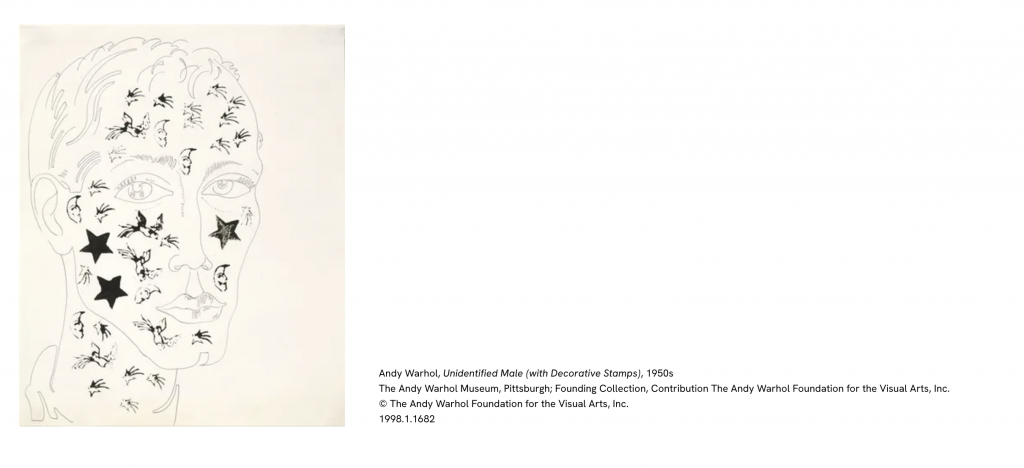
Experiments:
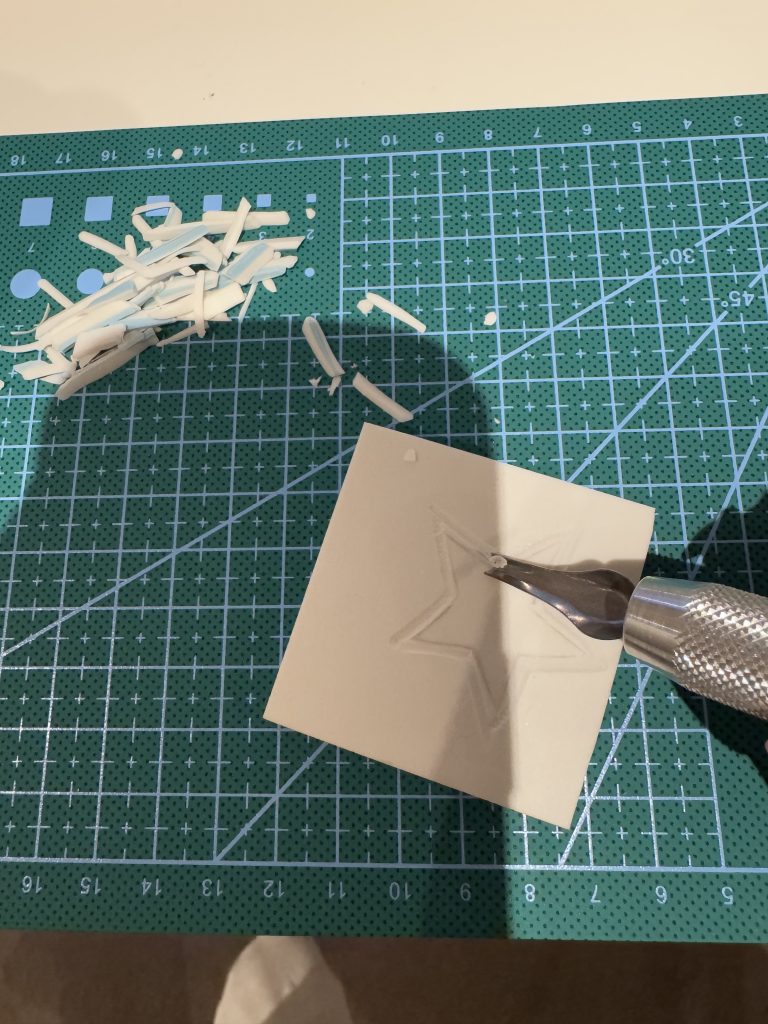
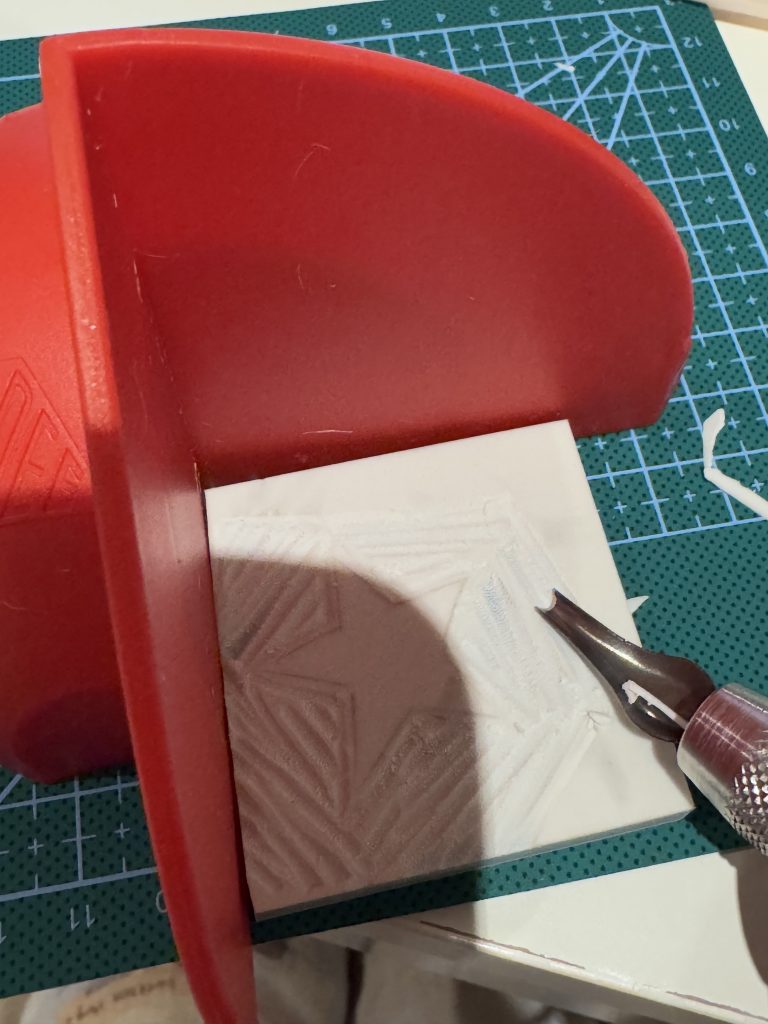
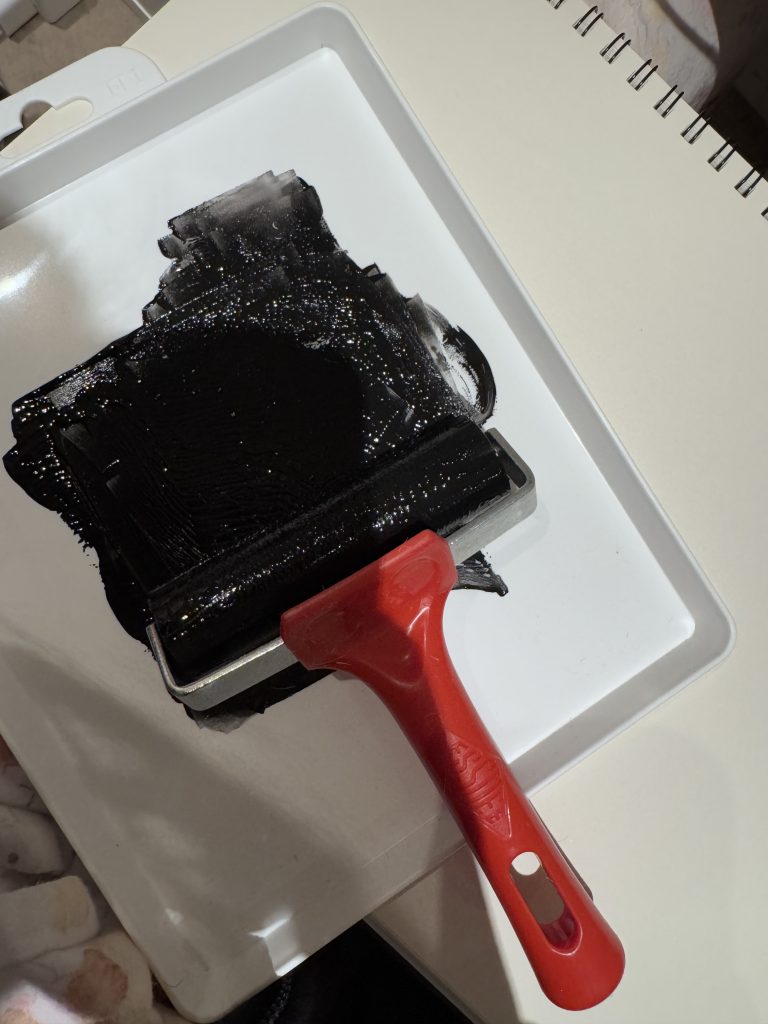
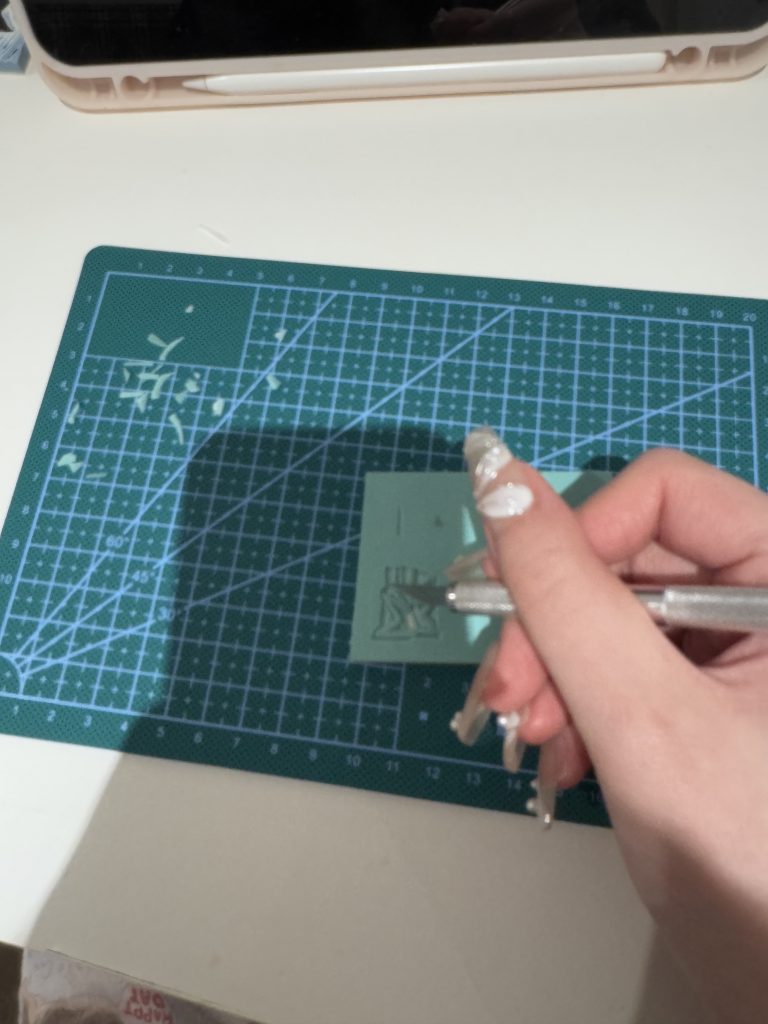
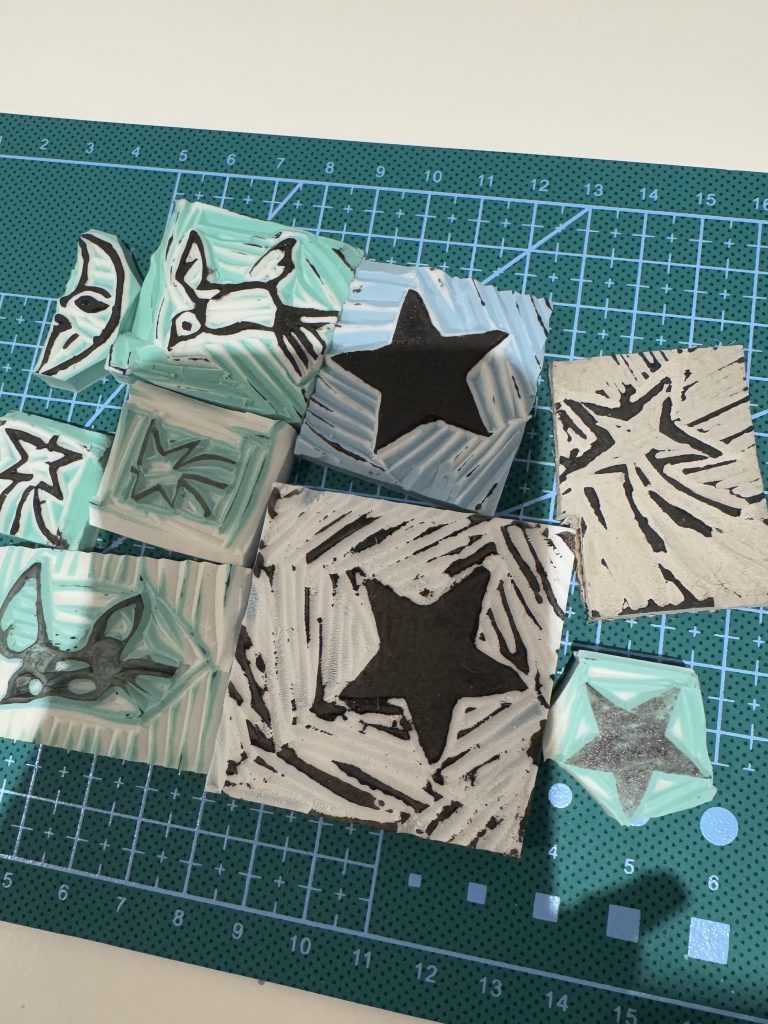
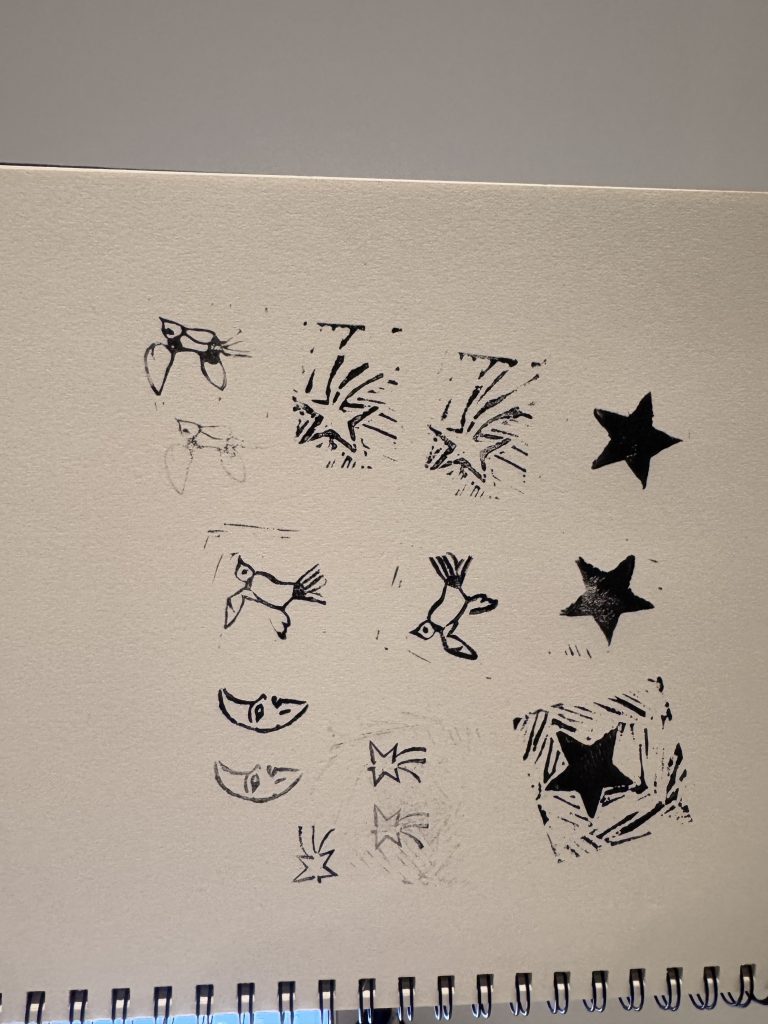
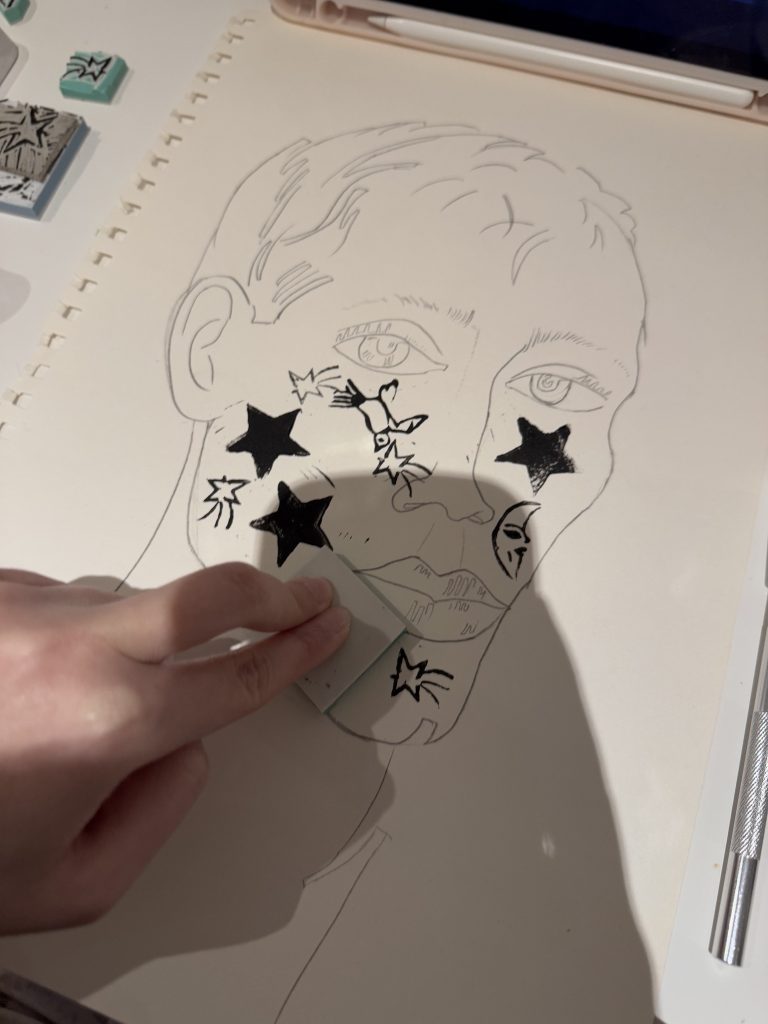
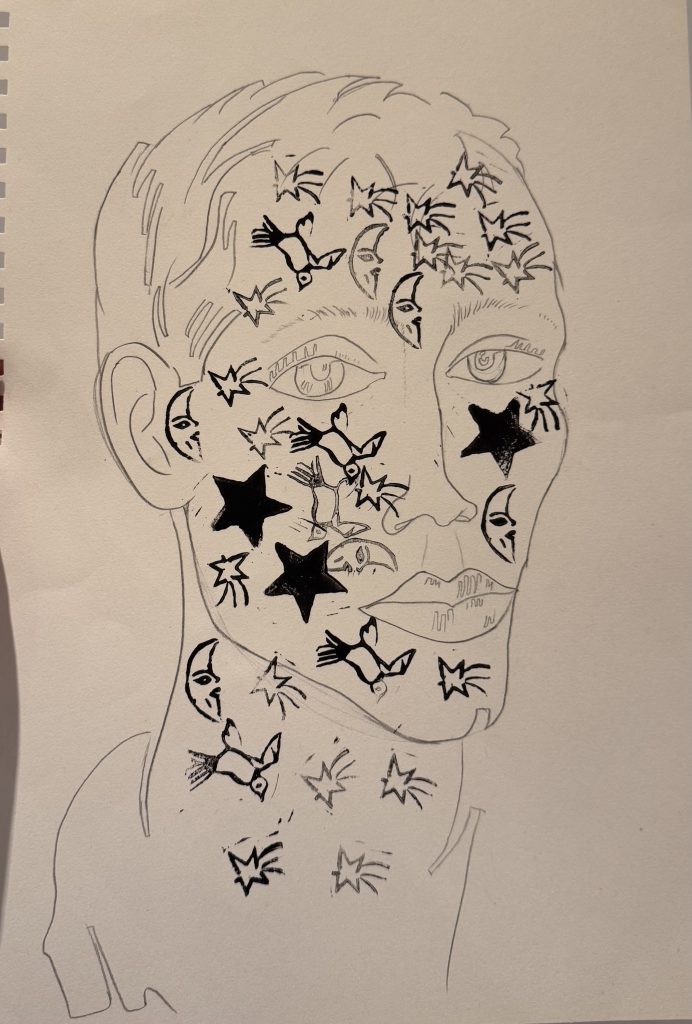
My biggest challenge was carving the rubber stamps. This was my first attempt, and I found it similar to printmaking, where an image is carved and then transferred onto paper.
The hardest part was ensuring only the intended image transferred, without unwanted areas.
Reflection:
This technique differs from traditional printmaking by using repeated and layered small elements to create new works. While repetitive, each print introduces subtle variations, resulting in unique artistic expressions. This approach aligns with Warhol’s commercial style of repetition, but also offers a new way to explore and interpret an idea through the process of repetition.
WEEK 2
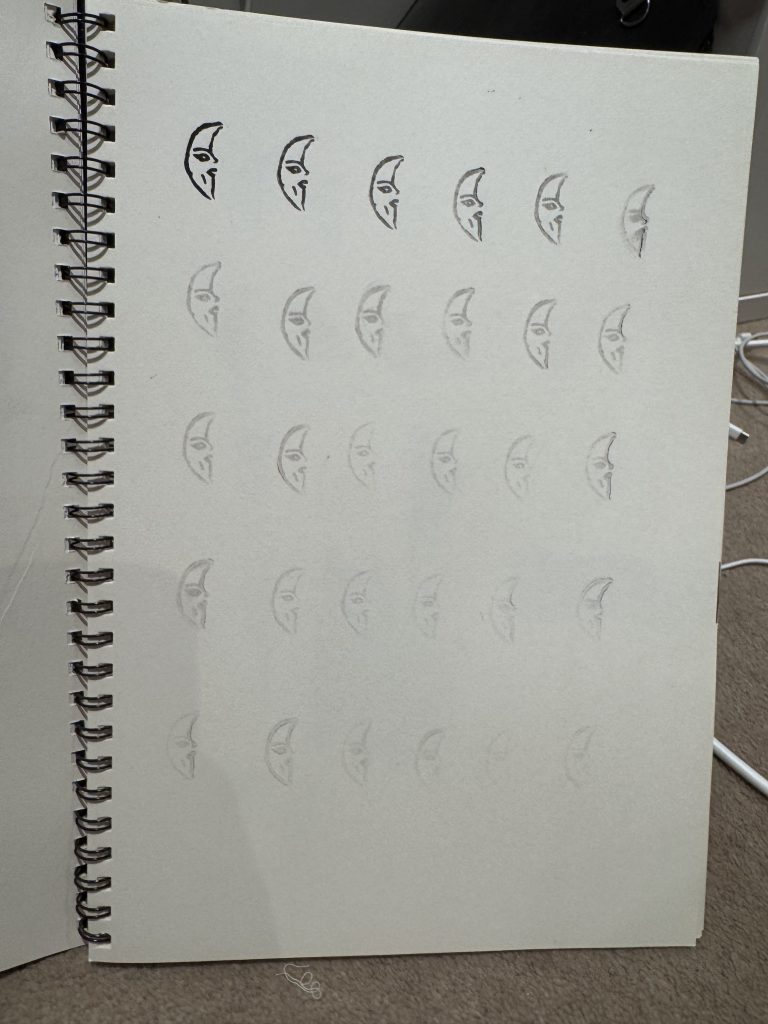
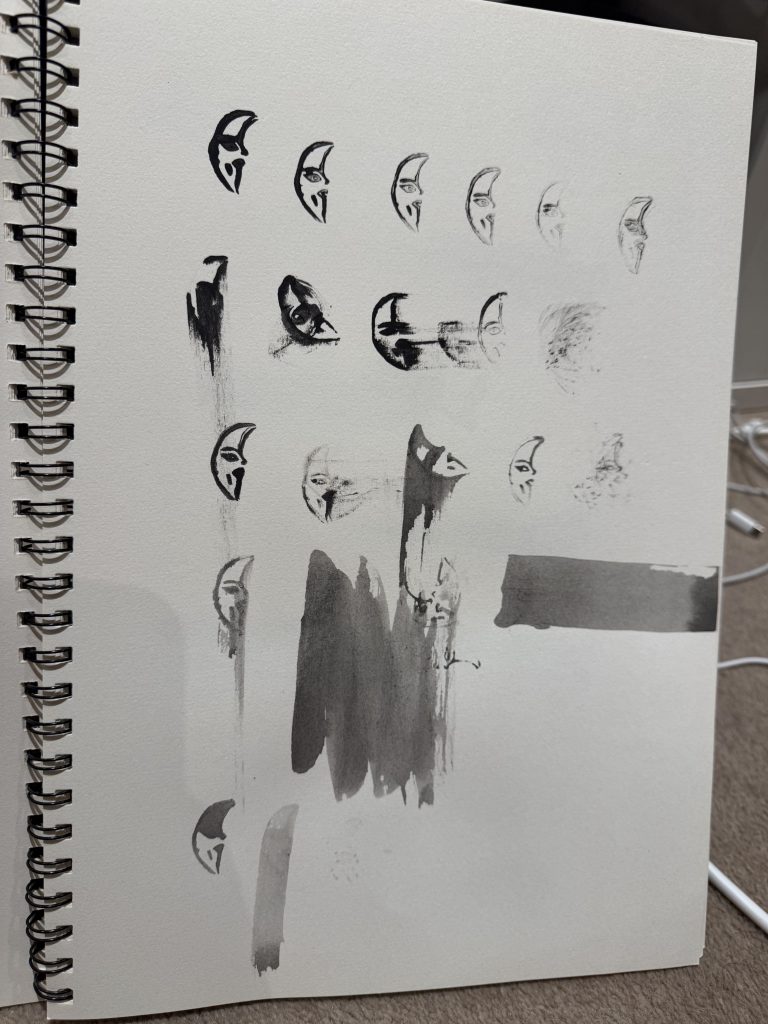
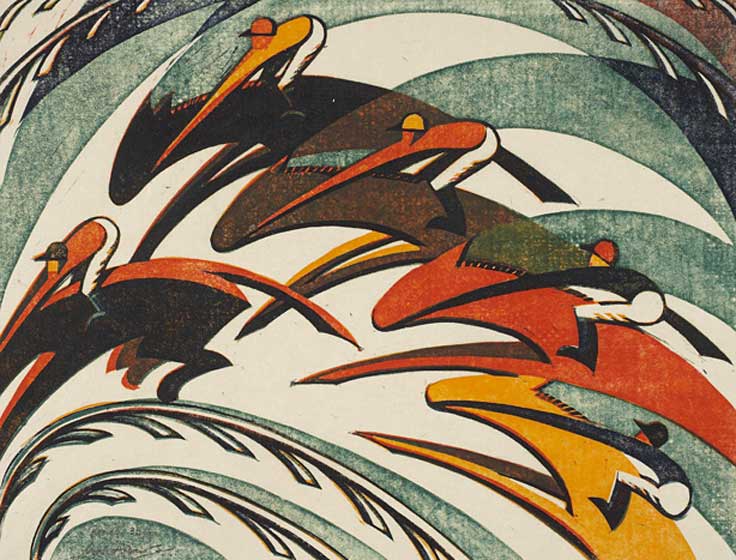

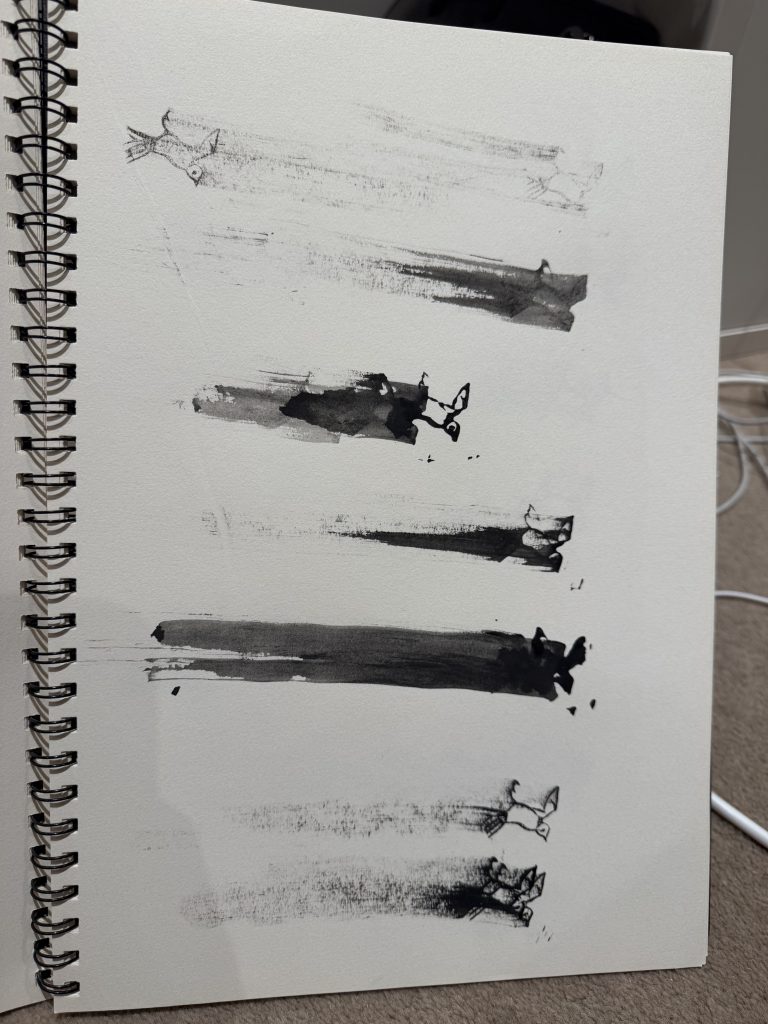
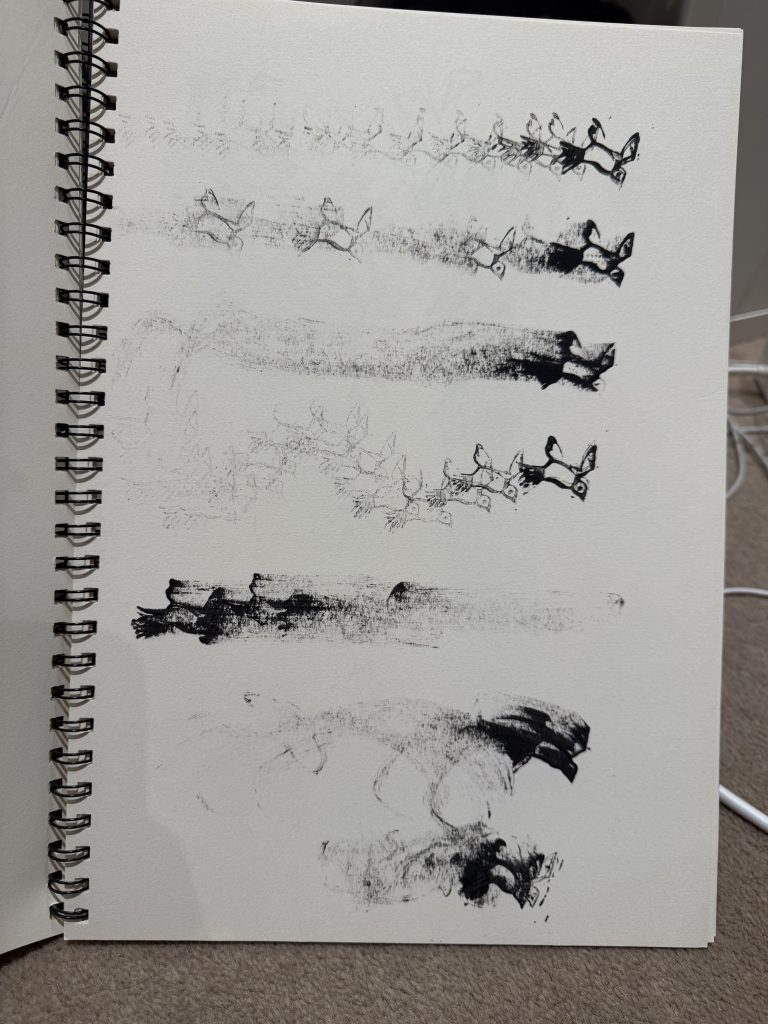
Inspiration:
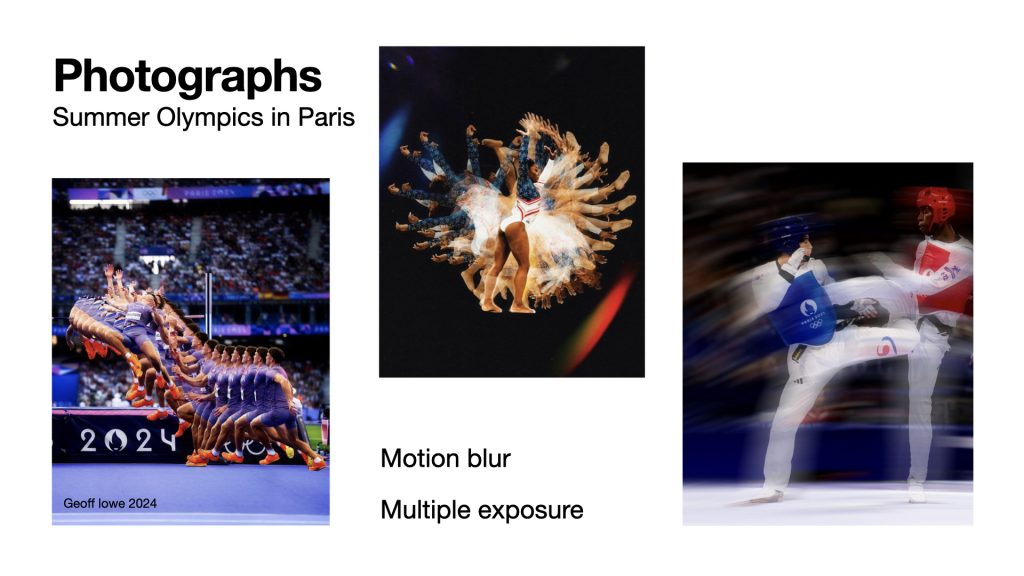
The photography technique used in the images is known as motion blur or multiple exposure, where the motion of a subject is captured over time in a single image. This effect creates a sense of dynamic movement by layering the subject’s different positions throughout a specific action.
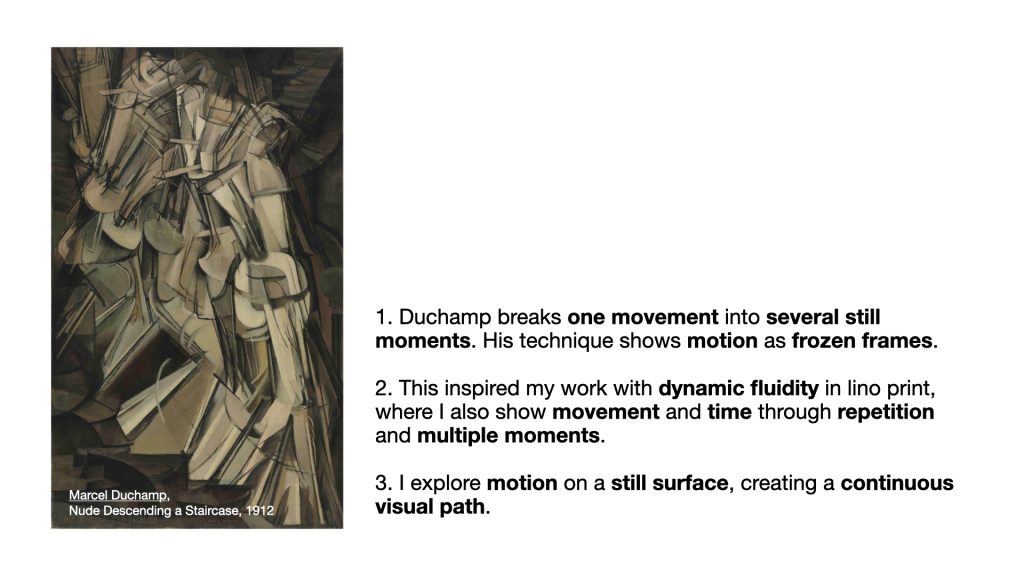
Like Duchamp, I explore motion on a static surface, building a continuous visual trajectory.
Creating a blurred effect
Use tissue create dynamic motion
Creating a trailing effect
Use water create dynamic motion
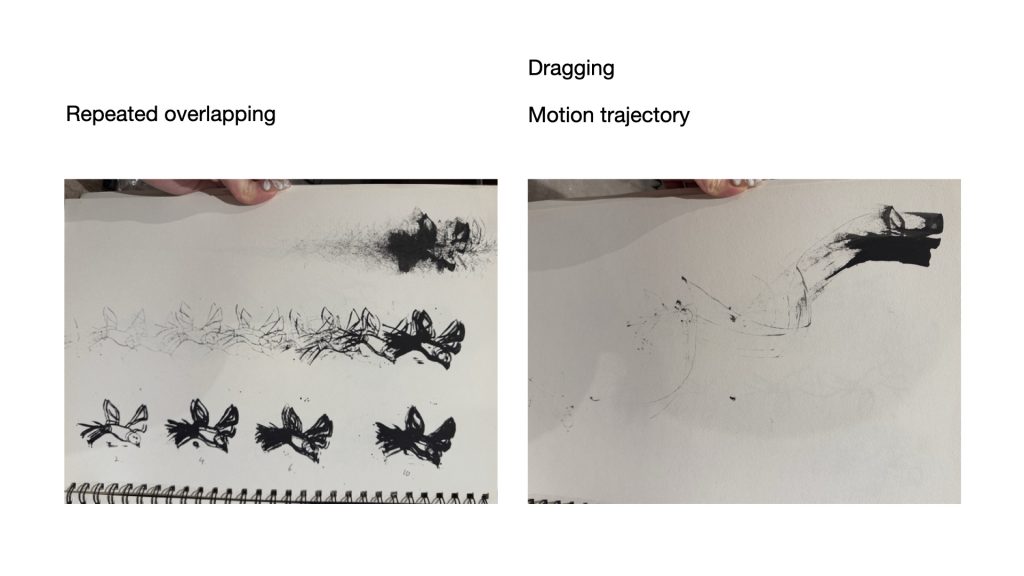
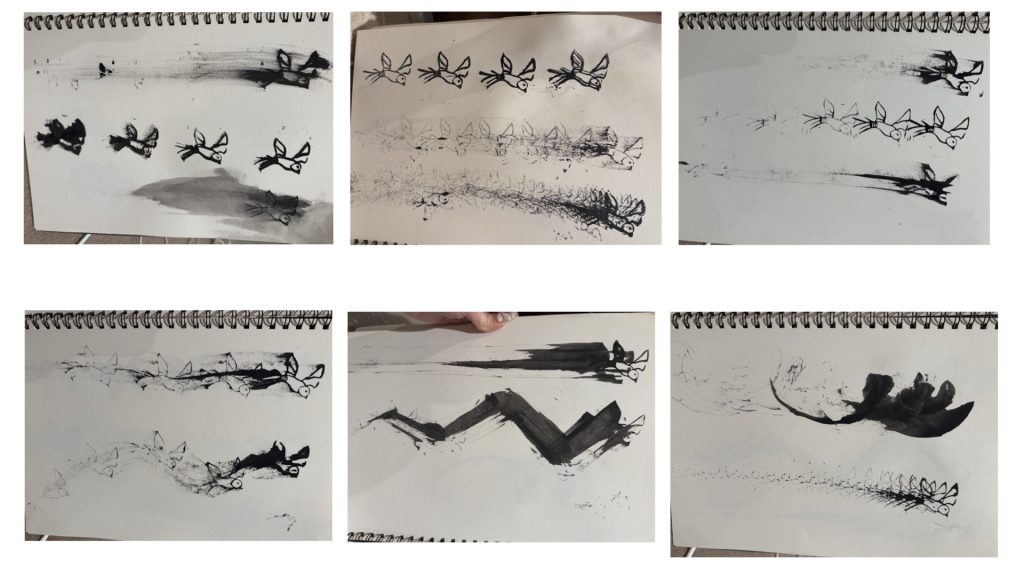
Bird Flight Pictures:
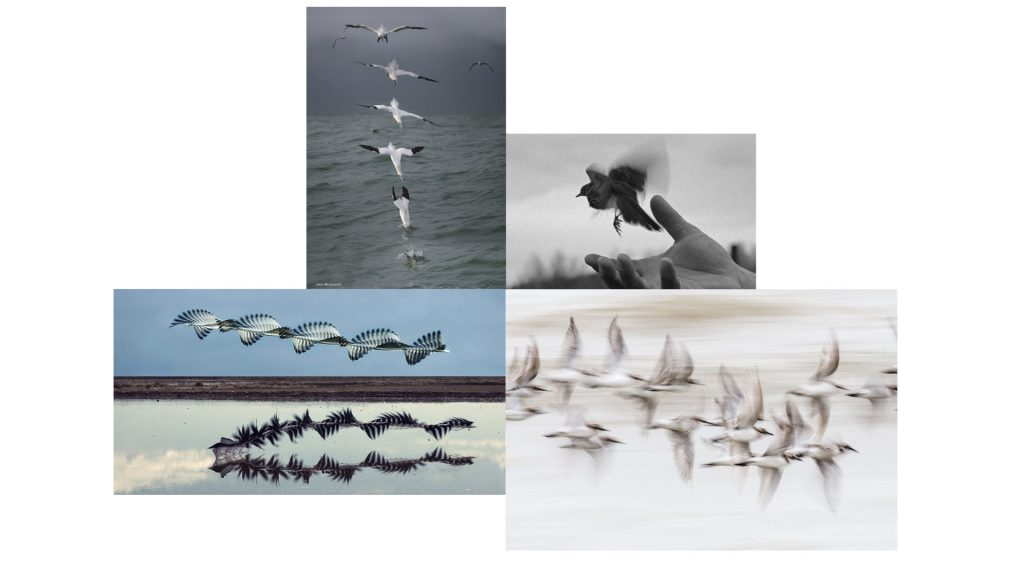
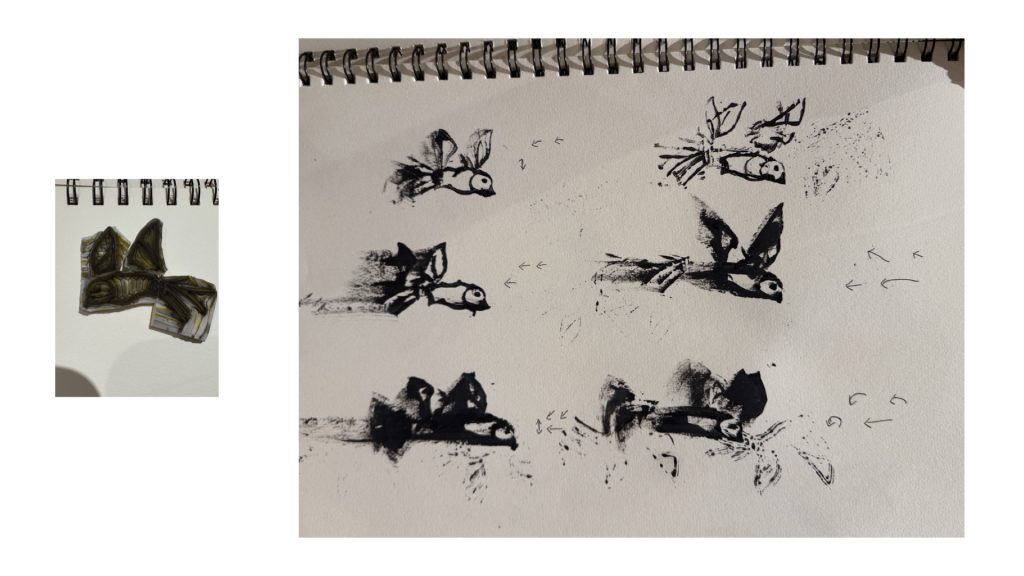
I cut the rubber stamp into parts, separating the bird’s wings, branches, and tail, allowing for different movements and dynamic effects when each part moves independently.
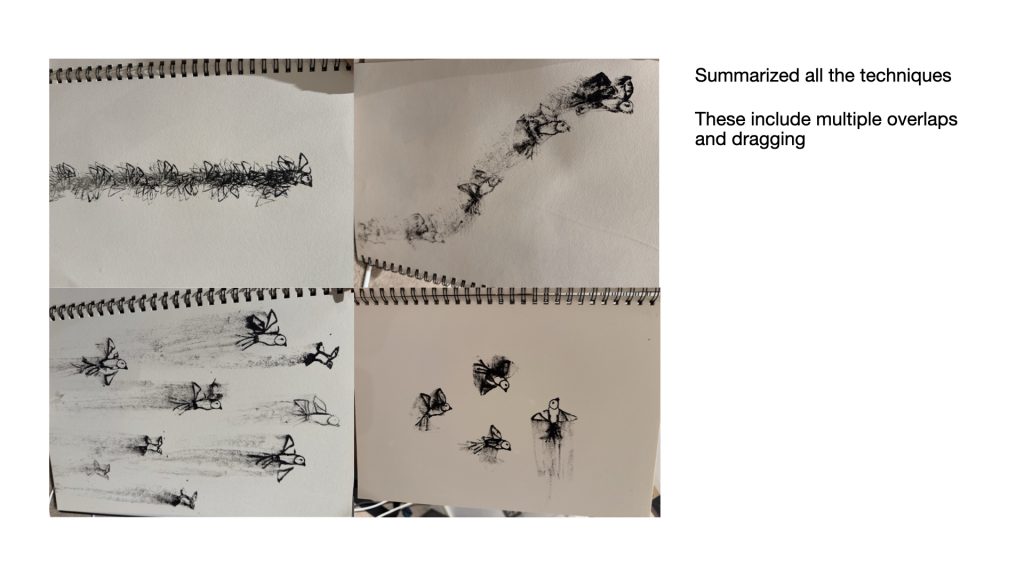
I’ve summarized all the techniques I’ve used so far, which I feel are perfect for expressing movement. These include multiple overlaps and dragging, which I have now combined in new experiments. However, it still looks like a draft. Next week, I plan to develop this further into a more complete illustration that captures motion using this approach.
Reflection:
I explore how to express the flow of motion and the passage of time.
These experiments have given me a better understanding of dynamics and made me think about how reproduction plays a role in my work. By dragging the rubber stamp and layering the pattern, I’ve noticed how the movement feels continuous, and how irregular repetition creates interesting effects. These experiments have given me a better understanding of dynamics and made me think about how reproduction plays a role in my work.
WEEK 3
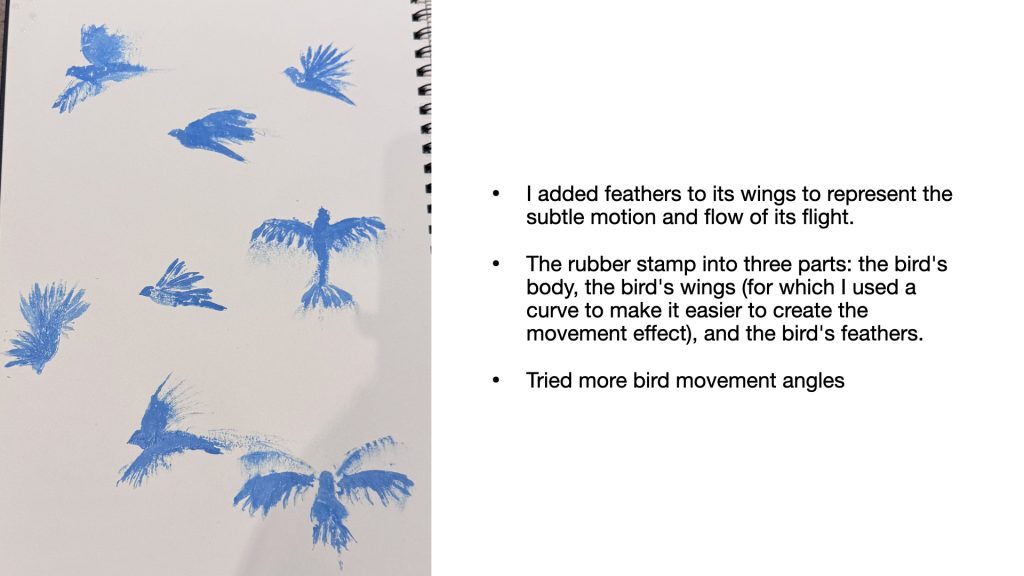
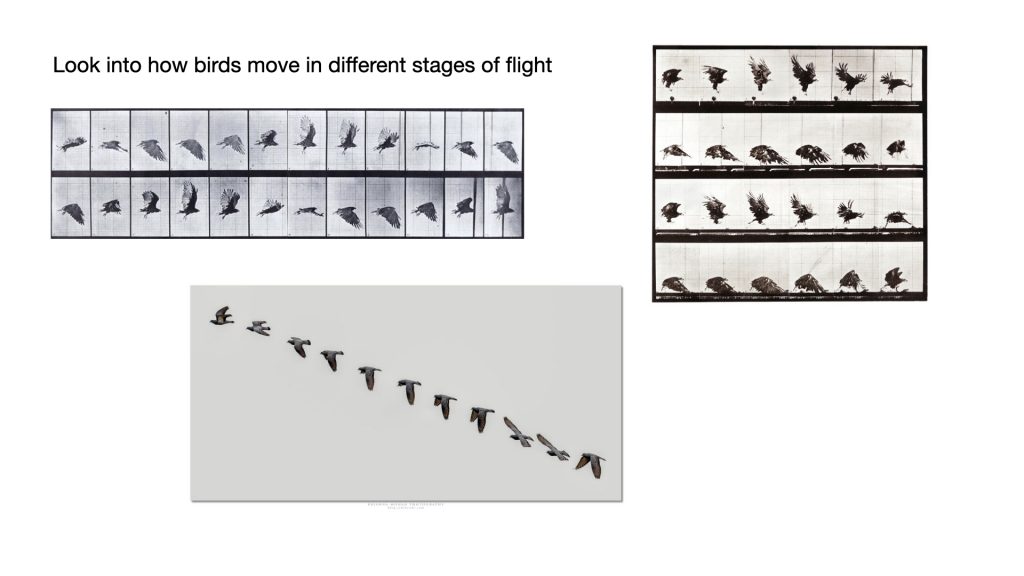
I looked into how birds move in different stages of flight because I want to show more types of bird movements in my work. By understanding how birds move, I can create prints that feel more realistic and dynamic.
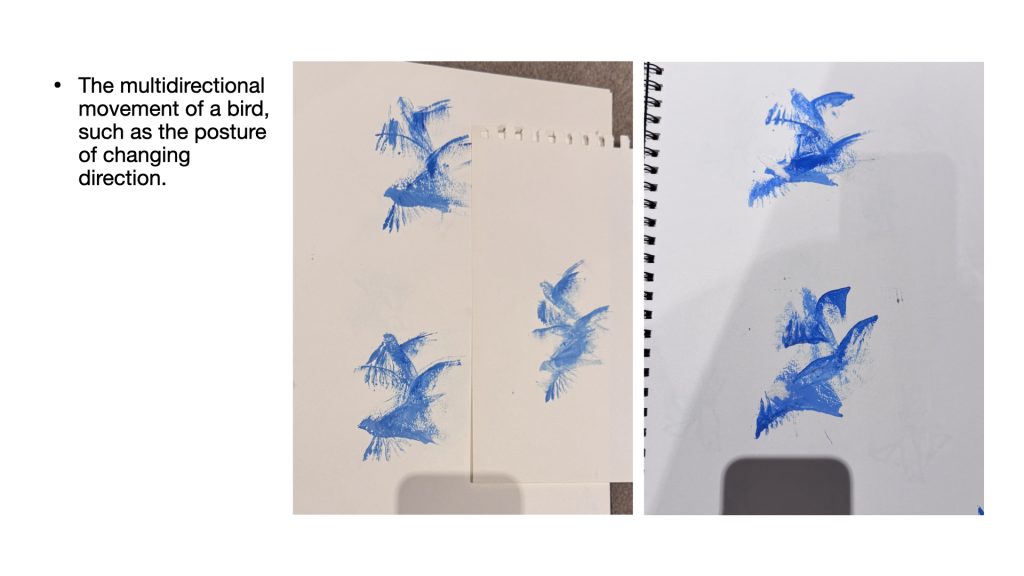
Inspiration:
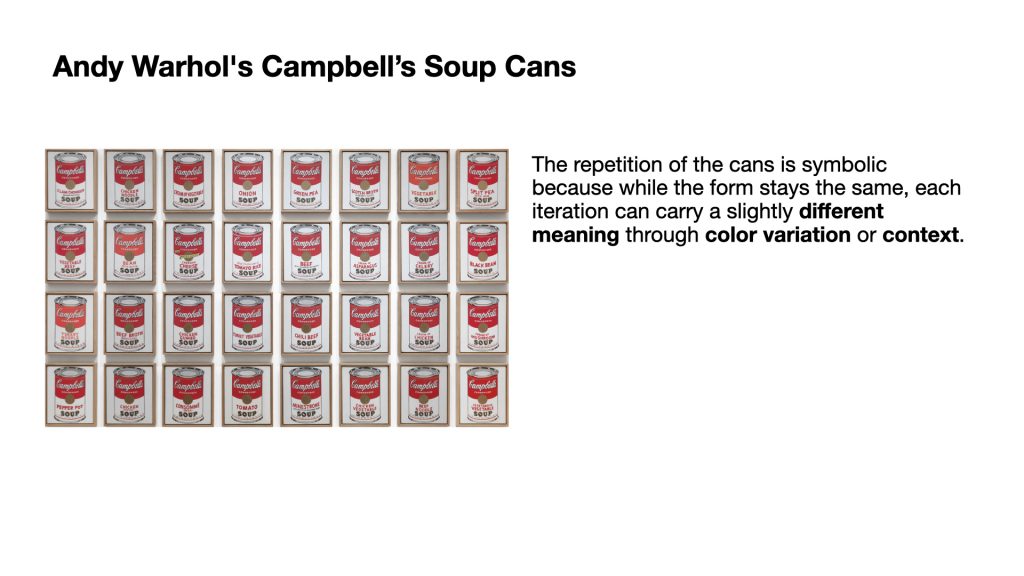
Andy Warhol’s work inspired me because he showed how repeating the same thing can have different meanings with small changes. This made me think about how repeating the bird’s movement in my prints can show different expressions of motion, with each slight change creating a new representation.

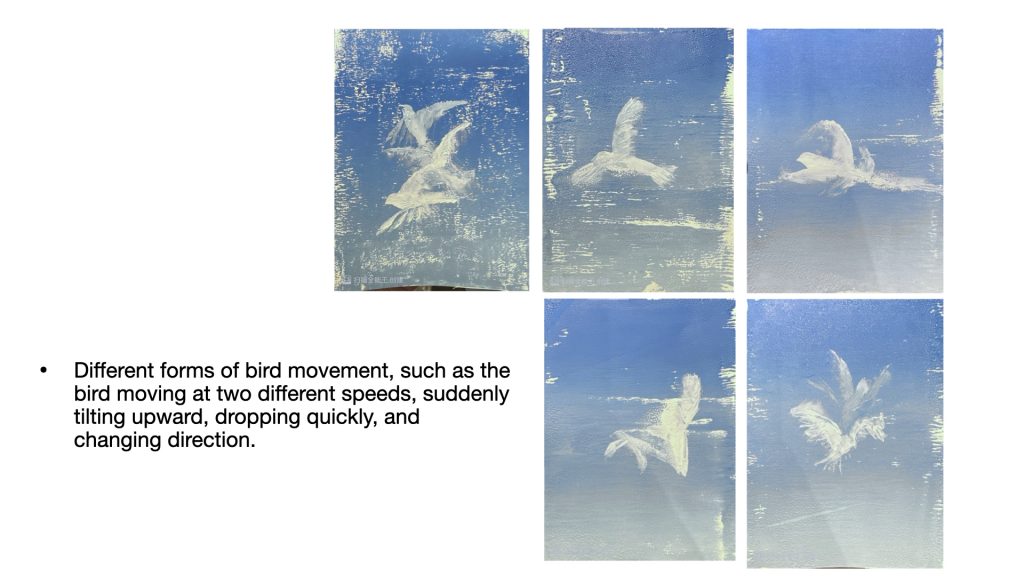
Reflection:
I explored how to show movement and the passage of time in my experiments. These experiments helped me understand dynamics better and made me think about the role of repetition in my work.
By using repetition and small changes, I learned how to challenge traditional linocut techniques and show movement on a still surface. This process helped me understand the link between repetition, change, and movement, and created a stronger connection between repetition and the flow of movement in my work.
Feedback:
- Do more repetition.
- Reflect more on how dragging the stamp affects the final image.
- Think about how these techniques can be used in future projects or other art forms.
- Dive deeper into how dragging the stamp influences my thoughts on movement and time.
Written response
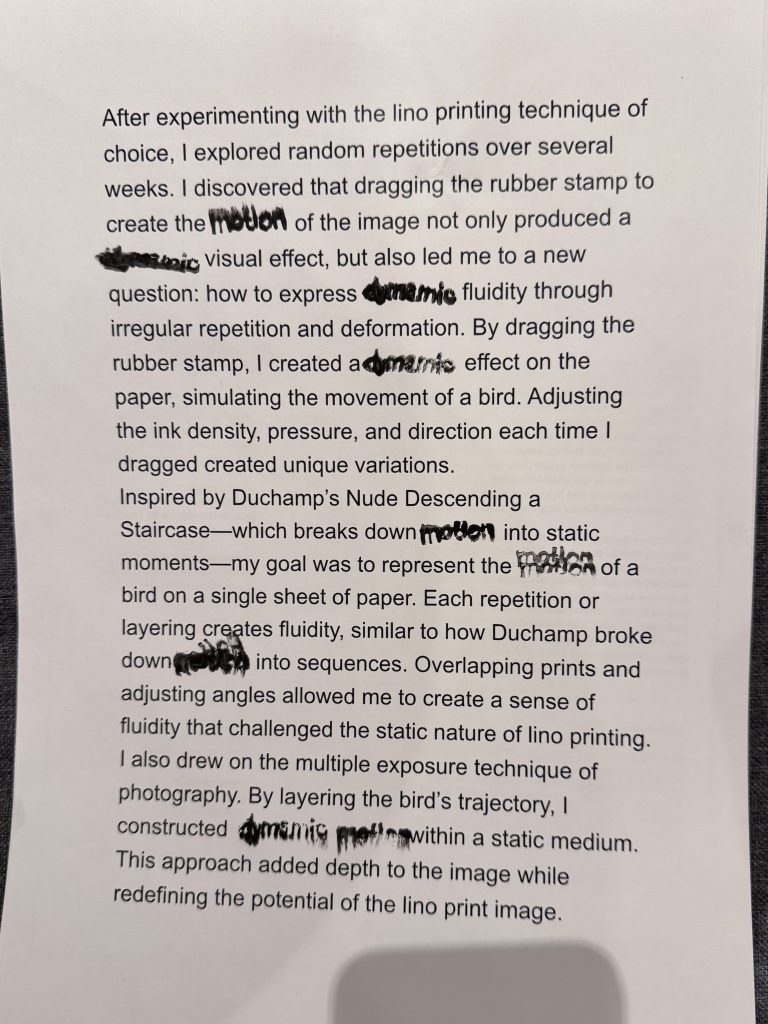
My visual experiment involves translating all the words related to motion and dynamics in my written work into dynamic forms using lino print, further showcasing my technique of representing movement.

Leave a Reply